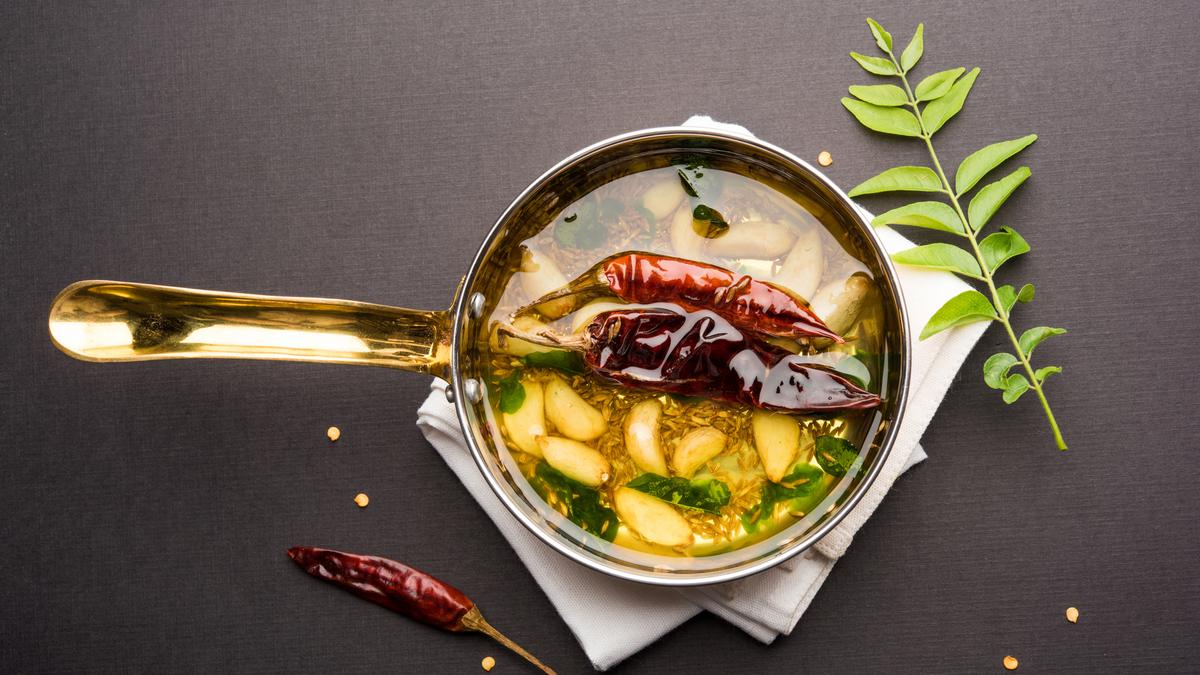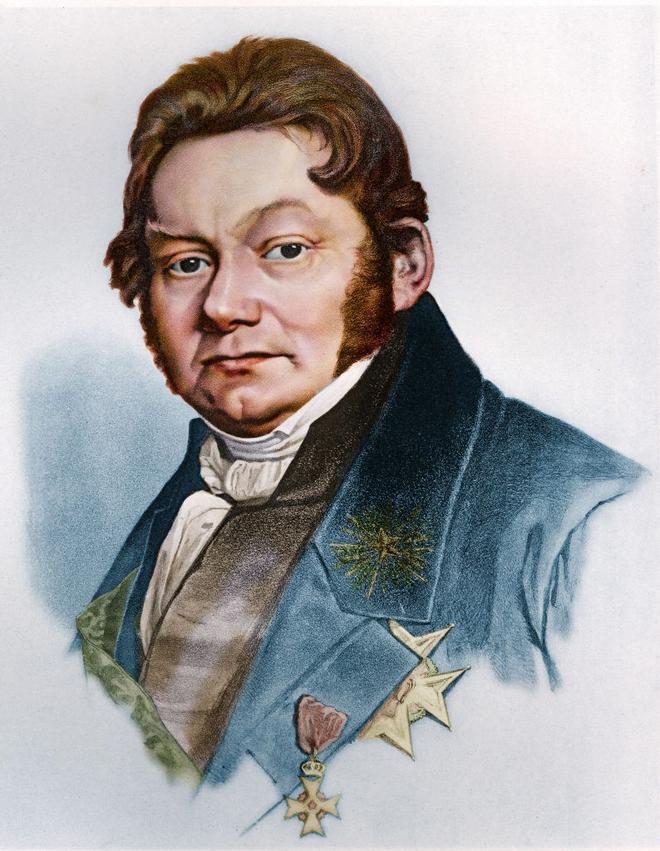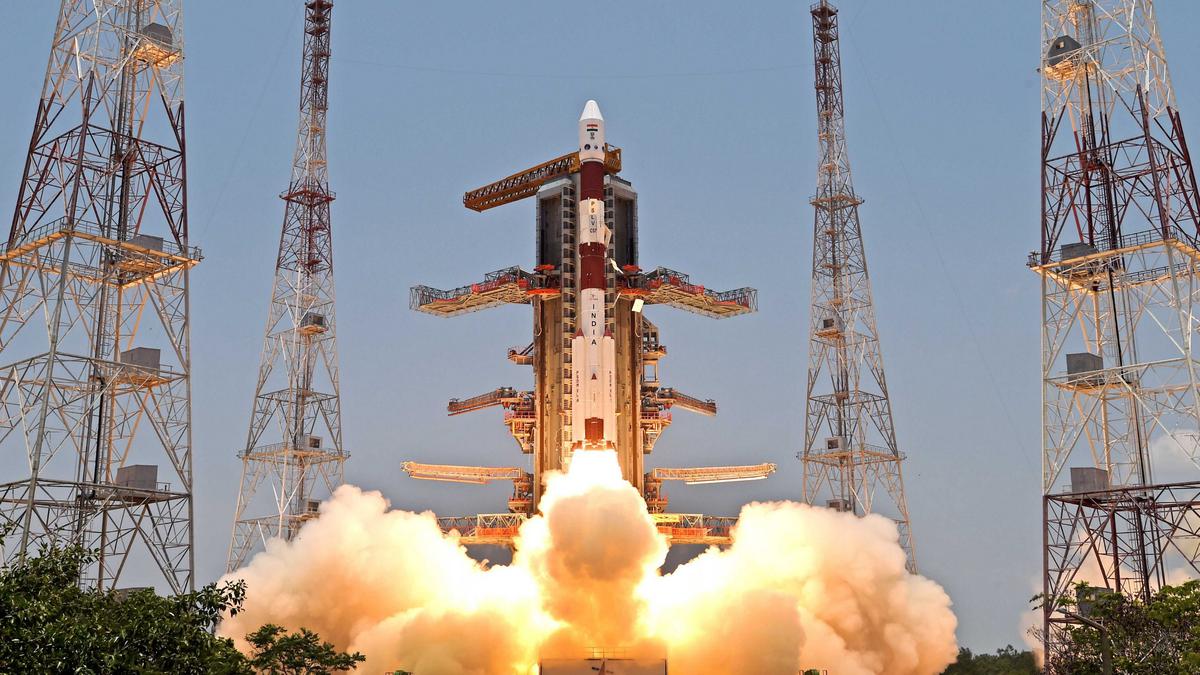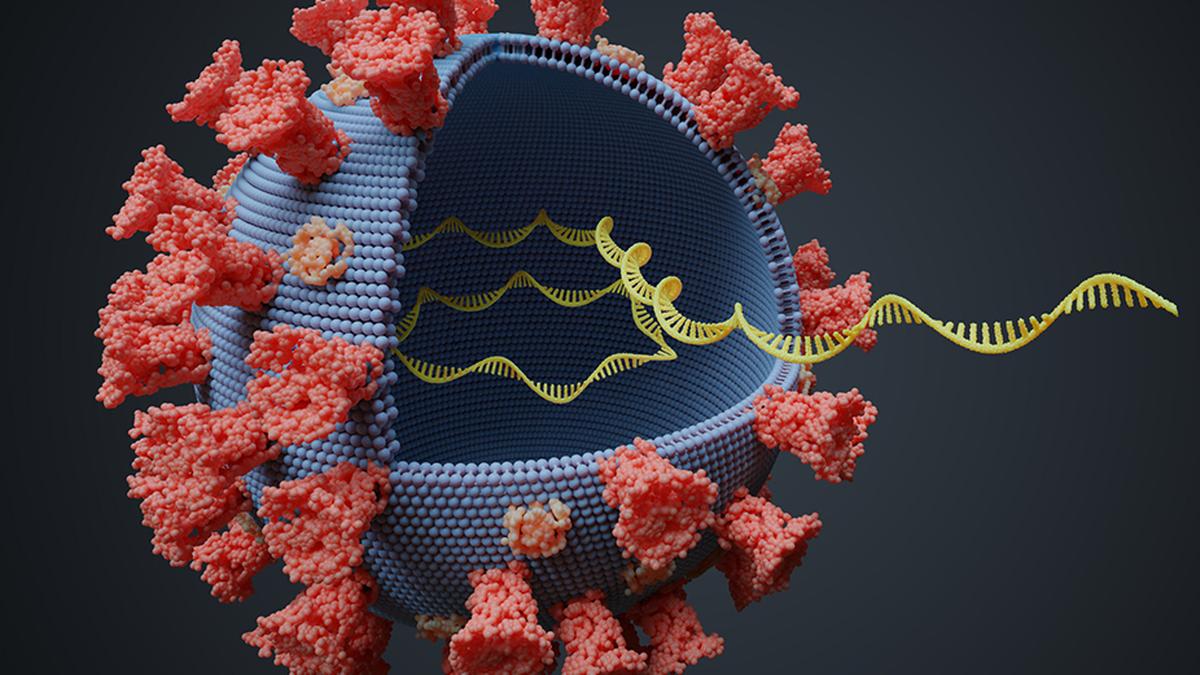Cooking is often called an art, and just like art can be incomprehensible at times, so can exotic cooking be inedible. But that just says more about the audience (or the designated eater) than the painter (or the cook).
At least, this is what I told myself when, a few years ago, I had invited a few friends over and made a vegetable curry that they simply refused to eat.
They said a curry couldn’t really be a curry if its tadka had been cooked in water rather than in oil. In my defence, I had realised quite late that I’d run out of oil in my kitchen. There was nothing other than water around and I’d chopped the vegetables as well.
I was vociferous that water was healthier than oil for the body but eventually I had to concede: my curry wasn’t the curry. But I remain curious, too. Why does one have to use oil to cook the tadka?
Oil and water
In most Indian curry preparations, the tadka is the first step: in a bit of heated oil, the cook puts either cumin (jeera) or mustard seeds. A series of sharp chirps sound, the cook proceeds to add the vegetables and launch into the preparation. In these first few seconds, the flavours of the aromatic seeds seep into the food.
Now, oil and ghee are funny liquids. When you spill some oil, it moves quite slowly, unlike water, which instead moves faster. Place a few drops of oil in a cup of water and it floats. This is unusual: honey or even dishwasher liquid move slowly on a surface but they are also denser than water. How can oil be both sluggish and lighter? The answer lies with oil’s molecules. Oil is made of long chains of large molecules that spiral and stick to each other — not unlike a bunch of noodles or earphone wires. That makes oil a sluggish mover and also hard to separate. These noodle-like molecules of oil render it another important property: a high boiling point.
The boiling point of oil
The boiling point of any liquid is the temperature at which the liquid becomes gas. It’s a common sight when we heat water on the stove: even on a high flame, a pot of water takes some time to turn to vapour. Water (at room temperature and pressure) has a boiling point of around 100º C.
So you need to supply enough heat to the water to increase its temperature to 100º C. Once you do, any extra heat will convert the liquid to gas.
Alcohol-based liquids like nail-polish removers have lower boiling points and quickly vaporise. If you rub some hand-sanitiser on your palm, for example, it will dry up in less time than it takes for you to read this sentence. Room-temperature gases such as nitrogen and oxygen have very low boiling points — much lower than 0º C — so we (fortunately) always have them as a gas, even during a harsh winter.
The reason different things have different boiling points is because they have different molecular structures. Liquids whose molecules are easy to separate from each other have lower boiling points while those whose molecules are tightly bound to each other have higher boiling points.
Oils have large, complicated molecules that wind around each other and thus they have high boiling points. For example, mustard oil boils at about 150º C and ghee at about 250º C. So even as you heat a bit of oil in your pan, it hangs around for longer than water does before starting to disappear.
Which brings us to the more important question: why do we want to cook seeds with such heat?
Aroma blasts
An equally important question is why we like to have cumin seeds in our foods. Cumin as well as mustard seeds have aromatic compounds.
Think of them as tiny, hollow spheres with some powder inside. The way to get these powders out efficiently is to blow them up. Thus, you toss the seeds into hot oil. The air inside the seed is heated and expands. When the pressure is too much, the seeds’ shells burst open, ejecting their contents. It’s like when you pump a balloon too much and it rips apart in a bang. In the process, the seed bursts shoot sound waves through the air that you hear as the crisp chirps.
The same thing happens when you fry a puri. As soon as you put an uncooked puri into the oil, the water and air inside expand, turning it into a ball filled with vapour. Sometimes the vapour can crack the wheat open and escape.
Back to the tadka: the seeds can be blown open only if the tiny air inside expands quickly. If it expands slowly, it will also just leak from a pore and the seed won’t pop. So you need a liquid that can get hot enough as well as remain hot. Oils are better to cook tadka than water for this reason. They can get hot enough and sustain the heat for longer.
If you use water like I did, the seeds won’t pop. Perhaps you can try it at home under careful supervision. Boil a cup of water and toss in some cumin or mustard seeds. Try as you will, you won’t hear any popping sounds. The seeds will just float on the water.
The real taste of your daily dal tadka has to do with the physics of oil molecules and seed explosions.
Tadka as art
Since my friends refused to imbibe my curry, I have made sure my kitchen is always well-stocked with oil, but even then getting the tadka just right is hard.
If you’re wondering why molecules of oil behave the way they do or what decides whether the surface of a seed will crack open, you should consider taking a physics course here at IIT Kanpur where some of us teach.
But if you want to learn the actual physics of tadka, carefully observe the artist, the cook, as they perform the tadka next. The real beauty of science is hidden in this art.
Adhip Agarwala is an assistant professor of physics at IIT Kanpur.
Published – December 31, 2024 08:30 am IST








